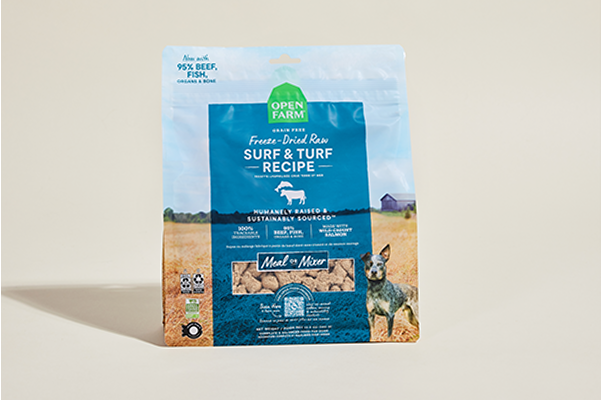When in the process of looking for a new four legged friend many of us turn to rescue groups or animal shelters. These organizations are dedicated to finding a loving home for abandoned, unwanted, abused, or stray pets, and as a pet owner you feel good knowing that you are providing a beautiful animal with a well deserving home. With the rising popularity of these types of organizations there have been issues with certain businesses claiming to be rescue groups even though they’re not. In an age where many of us use the internet to find a future furry companion, this unfortunately makes it even more difficult to ensure that the dog you’re adopting is in actuality a rescue dog. And many of these organizations that claim to be rescue groups, but are not, usually function as puppy mills.
If you’re not aware, a puppy mill is a large-scale commercial dog breeding facility that focuses on profit rather than the welfare of the dogs. They house animals in cramped and unsanitary conditions where there is little to no veterinary care, food, water or socialization. Many of the dogs who are bred in puppy mills often are prone to disease, and also suffer from other behavioural problems due to the early removal from their mothers and littermates. In the U.S. alone there is estimated to be 10,000 puppy mills, but many non-profit organizations like the ASPCA are working towards shutting down these facilities and rescuing the puppies within them.
Here are a few things that you can do, or can look for, to ensure that you are supporting the right organization.
1. Visit the rescue group/animal shelter
Since many individuals look to adopt a dog via the internet it is very easy to be conned into adopting an animal from a faux rescue group. To make sure that you’re supporting the right organization plan to make a visit to the facility before agreeing to adopt the animal. This will give you a chance to not only bond with your possible future furry friend, but will allow you to see the living conditions and the welfare of the animals that live there.
2. There is open communication between you and the rescue group
When adopting a new animal most rescue groups want to ensure that the new home is suitable for the dog and that the owners will provide a healthy living environment. This is done through asking questions and filling out applications - there may even be a home visit. Rescue groups should also be open to answering any questions future dog owners may have, and be willing to share any and all information when it comes to the animal’s current health. If an organization does not provide open communication, and is not willing to answer specific questions it is best to take extra precautions.
3. Do youur own research
Rather than just trusting the dog rescue’s primary website, do some secondary research to learn if the organization is legitimate. Many animal welfare groups have databases that list breeders or kennels that have been on the wrong side when it comes to the fair treatment of animals. A quick search could bring up some pretty negative information about an organization that you previously thought was perfect.
4. Are there a lot of puppies or purebreds available
It is a sad fact to admit, but most often the dogs that are being surrendered to shelters and rescues are adult or senior dogs. While puppies do find their way into shelters, it is less common, so beware if you see a shelter or rescue that is listing mostly or all puppies. A legitimate rescue will more likely have a range of dogs varying in breed and age.
5. How much is that adoption fee and what is it covering
Most animal rescues require an adoption fee, and that can range depending on the rescue, but it is generally less than what a person would pay for a ‘designer’ breed from a private breeder. If the adoption fee is over $500, start to be concerned, or make sure to do your research and find out exactly what your adoption fee is covering. The good number of legitimate rescues will vet the dogs when they come in, often including neutering/spading and microchipping, which your fee may cover partially.
When it comes to whether or not a rescue is legitimate, like most other things, it comes down to doing your research. If a rescue is not providing you with the information you are asking them for, or are very quick to take your money and run without a proper vetting process, maybe think twice about adopting from them.









































 Sign In
Sign In
 Create Account
Create Account










